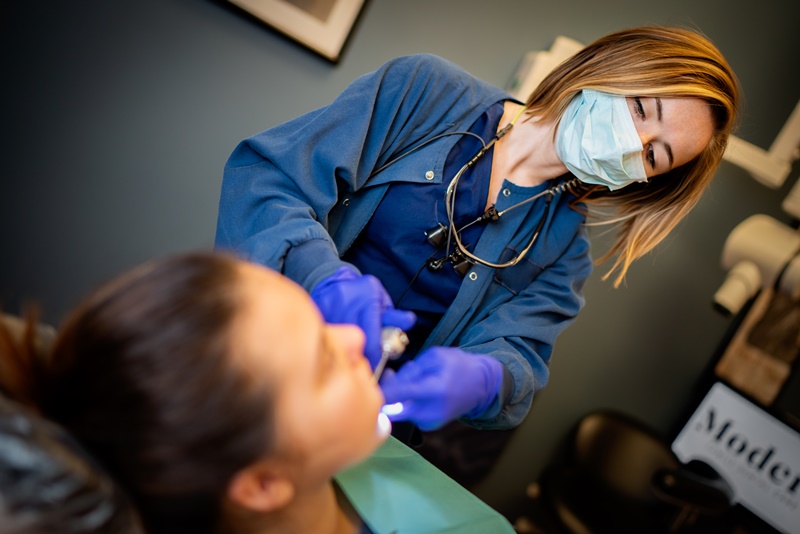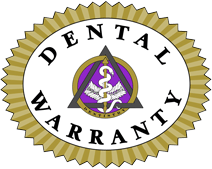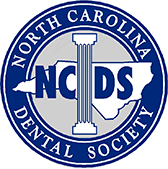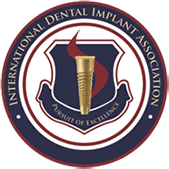
Many people know the pain associated with a damaged tooth.Whether it’s a cavity, root canal, or a chipped tooth, the pain can have a serious impact on a person’s quality of life. A broken tooth can remove enjoyment from someone’s favorite dishes and even make it difficult to speak.
Without a doubt, those with damaged teeth are always seeking a quick resolutionto the problem; however,it is also important to make sure the solution works. Nothing is worse than taking the time to get a tooth repaired only to have it break again soon after. With this in mind, what should someone with a broken, cracked, or chipped tooth do?
Symptoms of a Broken, Cracked, or Chipped Tooth
The first step in fixing a broken, cracked, or chipped tooth is recognizing that there is a problem. There are several symptoms that people might notice. Some people may experience all these symptoms while others may only feel a couple of these.
Possible symptoms include:
- An obvious visual deformityof one or more teeth
- Pain that gets worse with movementof the jaw
- Pain that increaseswhen eating, speaking, or swallowing
- Hypersensitivityto hot or cold temperatures
- Swelling of the mouthin the area of the damaged tooth
These symptoms will vary based on the location and severity of the damage.If these symptoms arise, it is important tovisit the dentistas quickly as possible, so the cause of the symptoms can be identified.
Differences Between a Cracked and Chipped Tooth
There are key differences between a cracked and a chipped tooth.These differences are important because they dictate the treatment of the issue.
Chipped Tooth: People with a chipped tooth may not feel any pain at all; however,if the chip exposes nerves inside of the tooth, this can createsignificant pain and hypersensitivity. Because these nerves are directly exposed to food, air, hot, and cold temperatures, you might feelsignificant shock-like sensationswhen using the tooth.
If the chipped region is located on a chewing surface, this is called a broken cusp. It should be examined by a dentist immediately so that it can be repaired.
Cracked Tooth: Cracked teeth can vary markedly in their severity.Some of the cracks may only impact the surface, called the enamel. On the other hand, major cracks can travel all the way down the tooth and into the root.
Some people experience background pain at all times with a cracked tooth; however, this pain often gets worse when chewing or exposing the tooth to hot or cold temperature.Cracked teeth should be evaluated quickly so that treatment can be started.
How to Fix a Chipped Tooth or Broken One
If you see a cracked or chipped tooth, it is important to call your dentistas quickly as possible, so your mouth can be examined.
While waiting for the appointment, there are several steps that you should take. These include:
- Rinse your mouth with warm water.This will help remove any debris. If the water is too hot or too cold, it can irritate any exposed nerves and make your pain worse.
- Look in your mouth for any continuing bleeding. If you see any, take a piece of gauze and apply light pressure to the area. This will help stop the bleeding.
While waiting for the appointment, cover the damaged tooth with some dental cement. This is readily available at almost every drug store with easy application instructions. This will protect your tooth from further damage.
Treatment Options for Cracked and Chipped Teeth
If your dentist diagnosed you with a cracked or chipped tooth,there are several treatment options.It is important for you to understand that all ofthese options will be discussed, and your treatment will be decided as a team. Options include:
Polishing: If the chip is small,your dentist may be able to fix the chipped tooth witha simple smoothing and polishing. This is a quick procedure that has relatively few side effects. No further treatment may be needed.
Crowns: If the chip or crack is large, the dentist may need to fill the crack or chip and/or cover it with a crown. This is important becauseit will protect the damaged toothfrom further impacts that could make the problem worse. It may take some time for you to get used to the feeling of the crown while eating.
Root Canal:Sometimes, the chipped or cracked tooth may be serious enough to expose the nerve to the outside environment. When this happens, the damaged nerve may need to be repaired. This is done with a root canal. This is oftenfollowed with a crown or cap to protect or replace the damaged tooth.
Implant: In severe cases, the tooth may not be able to be salvaged.If this is the case, your dentist may elect to remove the entire tooth and replace it with a dental implant.
An implant is a porcelain cap that is often attached to a titanium rod and anchored to the jaw below. If this is necessary, it is important for you to have all of your questions answered prior to the day of the procedure.
Ultimately, the treatment of any damaged tooth is dependent on the location of the tooth, the severity of the damage and the health of the surrounding gum and jaw.This is why it is always important to seek professional oral health care from a trained dentist.
Whether it is veneers, implants, or a filling, Modern Family Dental Careis there to help. With a team of highly trained dental professionals, we are happy to provide compassionate care to everyone regardless of their needs. We have developed a long and unparalleled track record of helping those with dental problems.
Contact ustoday to schedule an appointment.






